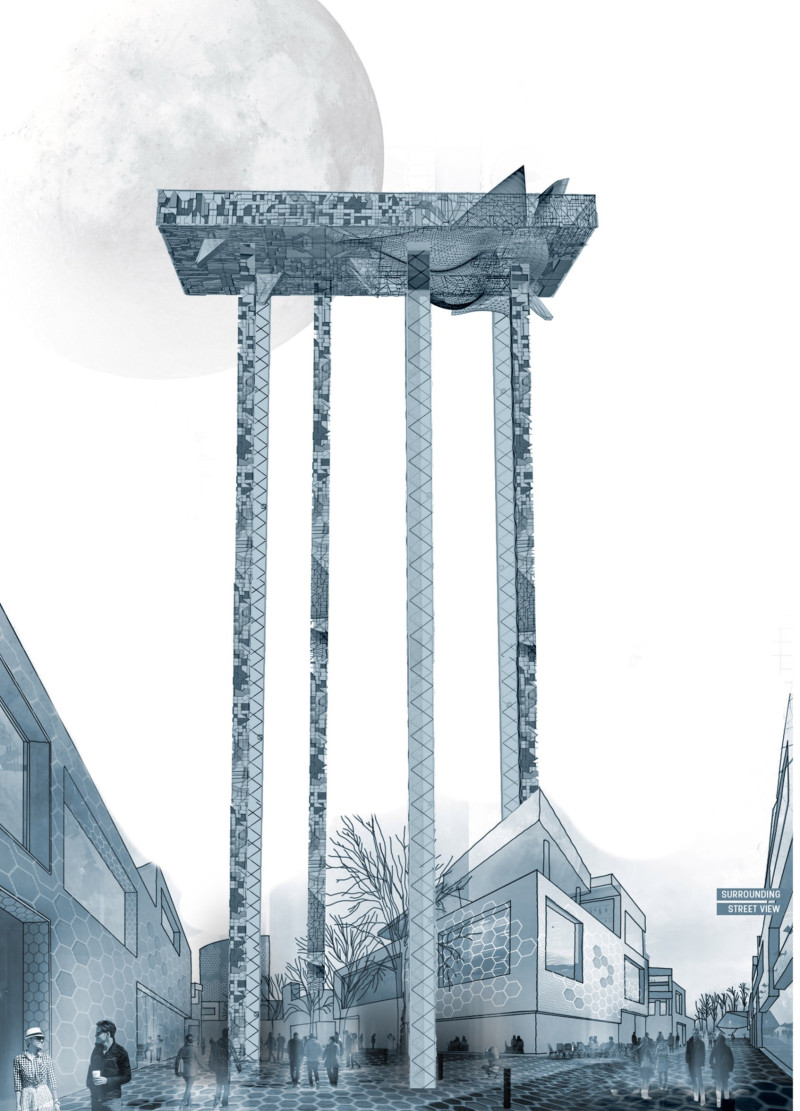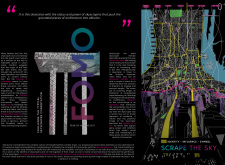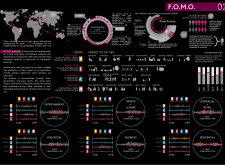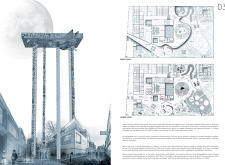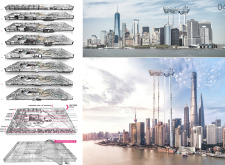5 key facts about this project
An innovative skyscraper design is reshaping its urban environment, focusing on blending functionality with a strong cultural presence. Located in a vibrant city, the structure aims to be a multifunctional space for a variety of users, including cultural visitors and local residents. It challenges traditional ideas about skyscrapers by highlighting their role as symbols of identity and power.
Conceptual Framework
At its core, the design explores the historical journey of skyscrapers, shifting from mere structures to significant city elements. The concept draws on the metaphor of "Siren Head," portraying the skyscraper as a prominent feature that demands attention and shapes its surroundings. This perspective encourages a deeper understanding of how tall buildings can influence urban experiences.
Spatial Design and User Engagement
The design employs a minimalist approach, marked by clear lines and noticeable height. It prioritizes the relationship between space and user involvement, creating an inviting atmosphere. Various groups, from tourists to professionals, are considered, ensuring the building encourages social interaction and connectivity among its users.
Structural Elements
A distinctive skeletal structure elevates the building on lift shafts. This choice introduces themes of transparency and stability while using concrete, steel, and glass. Concrete offers durability to support the height, while steel provides strength for the slender framework. Glass façades allow natural light into the interior and foster a visual link with the city outside.
Adaptability and Functionality
Adaptability stands out as a main theme, allowing the building to serve multiple purposes and respond to community needs. This flexibility transforms the skyscraper into a space that meets changing social dynamics, emphasizing the importance of user experience.
The design incorporates open communal areas within its layout. This fosters a sense of belonging among users and provides intimate views of the surroundings. These architectural details highlight the building’s role as a new type of skyscraper—one focused on meaningful interactions and connections within the urban landscape.


